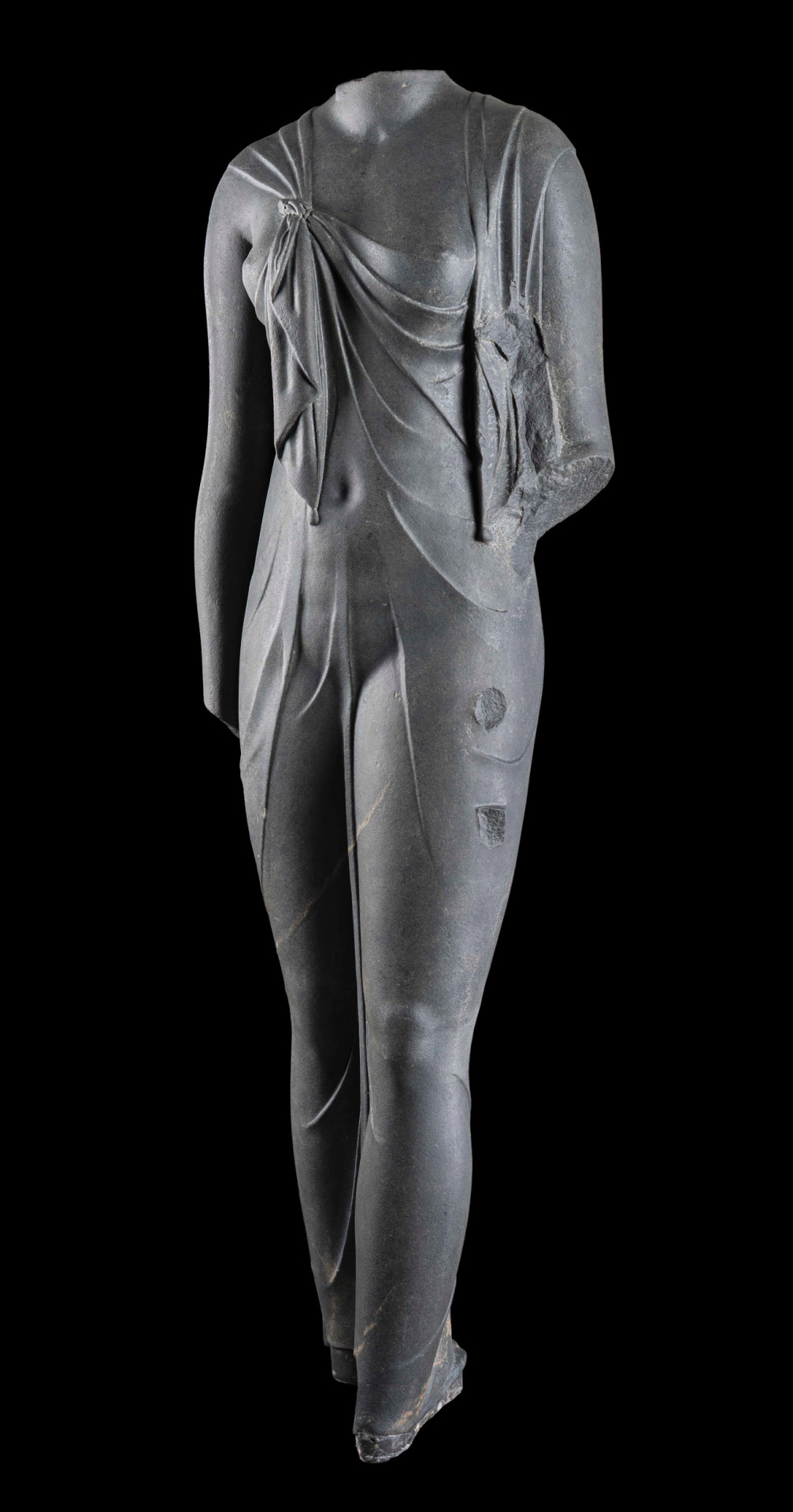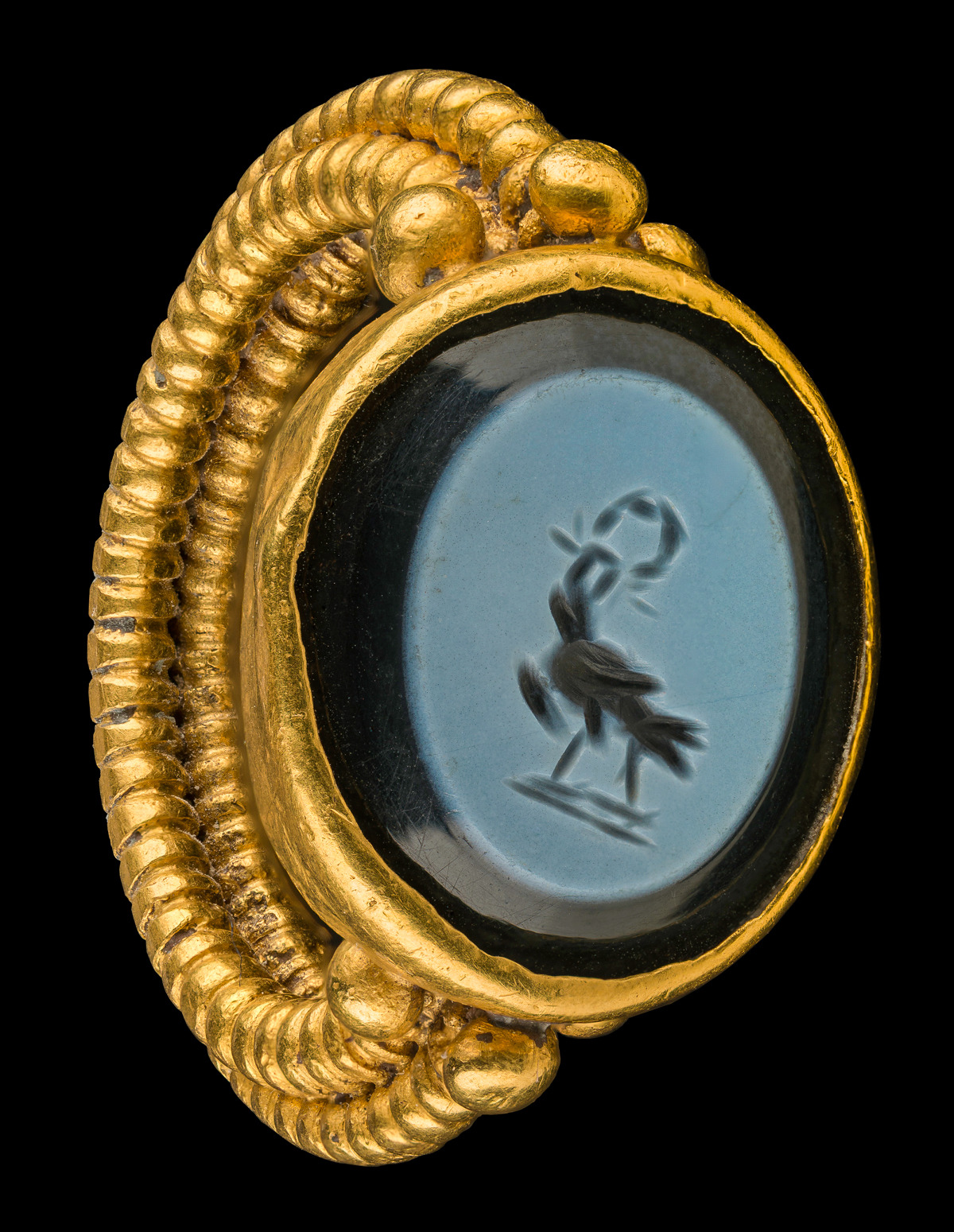Underwater Archaeology: Sunken cities, Egypt’s lost worlds at the British Museum

Statue of Arsinoe; 3rd century BC, Canopus. Bibliotheca Alexandrina Antiquities Museum. Photo: Christoph Gerigk. © Franck Goddio/Hilti Foundation
The British Museum is staging a major exhibition on two lost Egyptian cities and their recent rediscovery by archaeologists beneath the Mediterranean seabed. Opening for an extended run of six months, The BP exhibition Sunken cities: Egypt’s lost worlds is the Museum's first large-scale exhibition of underwater discoveries. It will show how the exploration of Thonis-Heracleion and Canopus — submerged at the mouth of the River Nile for over a thousand years — is transforming our understanding of the relationship between ancient Egypt and the Greek world and the great importance of these ancient cities.
300 outstanding objects are brought together for the exhibition including more than 200 spectacular finds excavated off the coast of Egypt near Alexandria between 1996 and 2012. Important loans from Egyptian museums rarely seen before outside Egypt (and the first such loans since the Egyptian revolution) are supplemented with objects from various sites across the Delta drawn from the British Museum's collection; most notably from Naukratis — a sister harbor town to Thonis- Heracleion and the first Greek settlement in Egypt.
Likely founded during the 7th century BC, Thonis- Heracleion and Canopus were busy, cosmopolitan cities that once sat on adjacent islands at the edge of the fertile lands of the Egyptian Delta, intersected by canals. After Alexander the Great's conquest of Egypt in 332 BC, centuries of Greek (Ptolemaic) rule followed. The exhibition reveals how cross-cultural exchange and religion flourished, particularly the worship of the Egyptian god of the afterlife, Osiris.
By the 8th century AD, the sea had reclaimed the cities and they lay hidden several metres beneath the seabed, their location and condition unclear. Although well-known from Egyptian decrees and Greek mythology and historians, past attempts to locate them were either fruitless or very partial. The exhibition shows how a pioneering European team led by Franck Goddio in collaboration with the Egyptian Ministry launched the first major exhibition of underwater archaeology.
Thanks to the underwater setting, a vast number of objects of great archaeological significance have been astonishingly well preserved. Pristine monumental statues, fine metalware and gold jewelery will reveal how Greece and Egypt interacted in the late first millennium BC. These artefacts offer a new insight into the quality and unique character of the art of this period and show how the Greek kings and queens who ruled Egypt for 300 years adopted and adapted Egyptian beliefs and rituals to legitimise their reign.
Gold earring with the head of a mythical animal. Thonis-Heracleion, 4th–2nd century BC. National Museum Alexandria
Pages: 1 · 2
More Articles
- National Archives Records Lay Foundation for Killers of the Flower Moon: The Osage Murders and the Birth of the FBI
- Nichola D. Gutgold - The Most Private Roosevelt Makes a Significant Public Contribution: Ethel Carow Roosevelt Derby
- Oppenheimer: July 28 UC Berkeley Panel Discussion Focuses On The Man Behind The Movie
- "Henry Ford Innovation Nation", a Favorite Television Show
- Julia Sneden Wrote: Going Forth On the Fourth After Strict Blackout Conditions and Requisitioned Gunpowder Had Been the Law
- Jo Freeman Reviews: Gendered Citizenship: The Original Conflict Over the Equal Rights Amendment, 1920 – 1963
- Jo Freeman Writes: It’s About Time
- Jo Freeman Reviews: Lady Bird Johnson: Hiding in Plain Sight
- Women in Congress: Biographical Profiles of Former Female Members of Congress
- Updated With Key Takaways: Watch on YouTube House Select Committee Hearings at House on January 6th: "So many citizens are downplaying on what happened that day"






